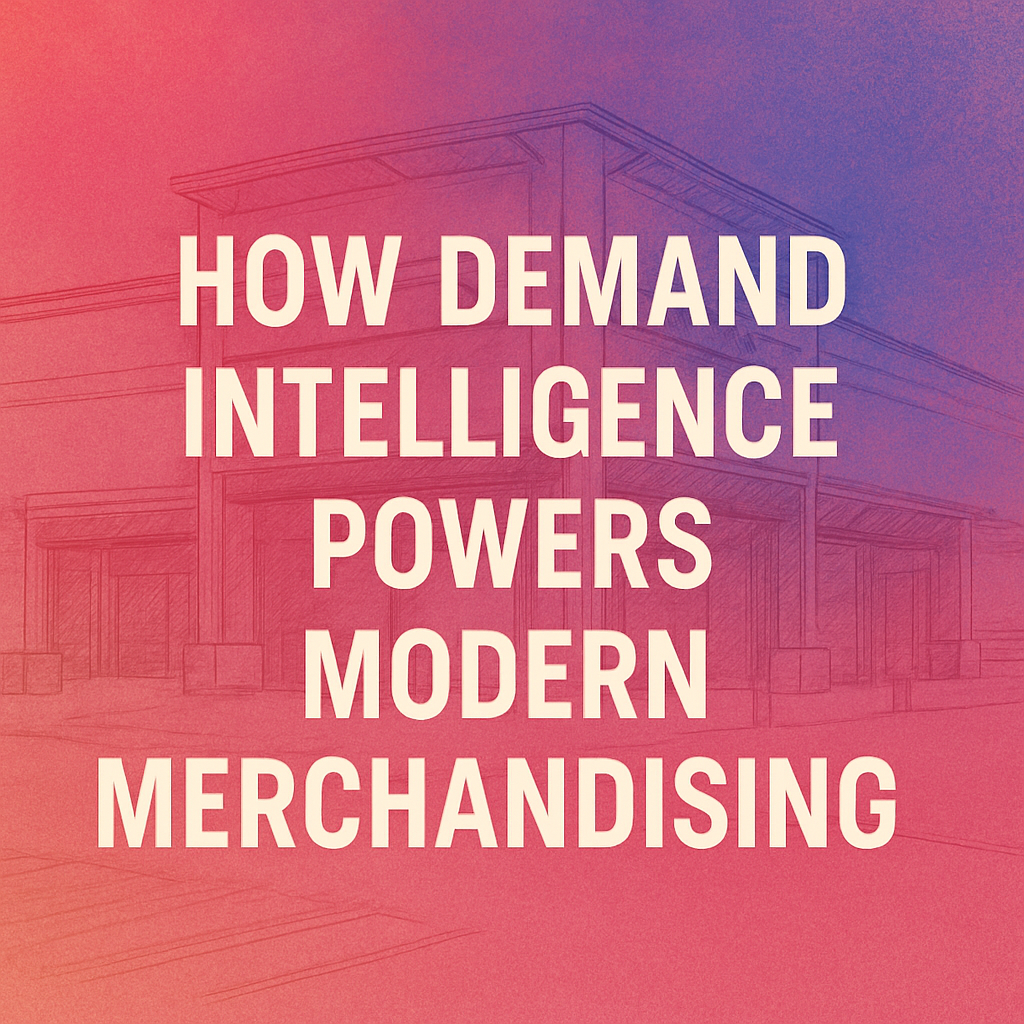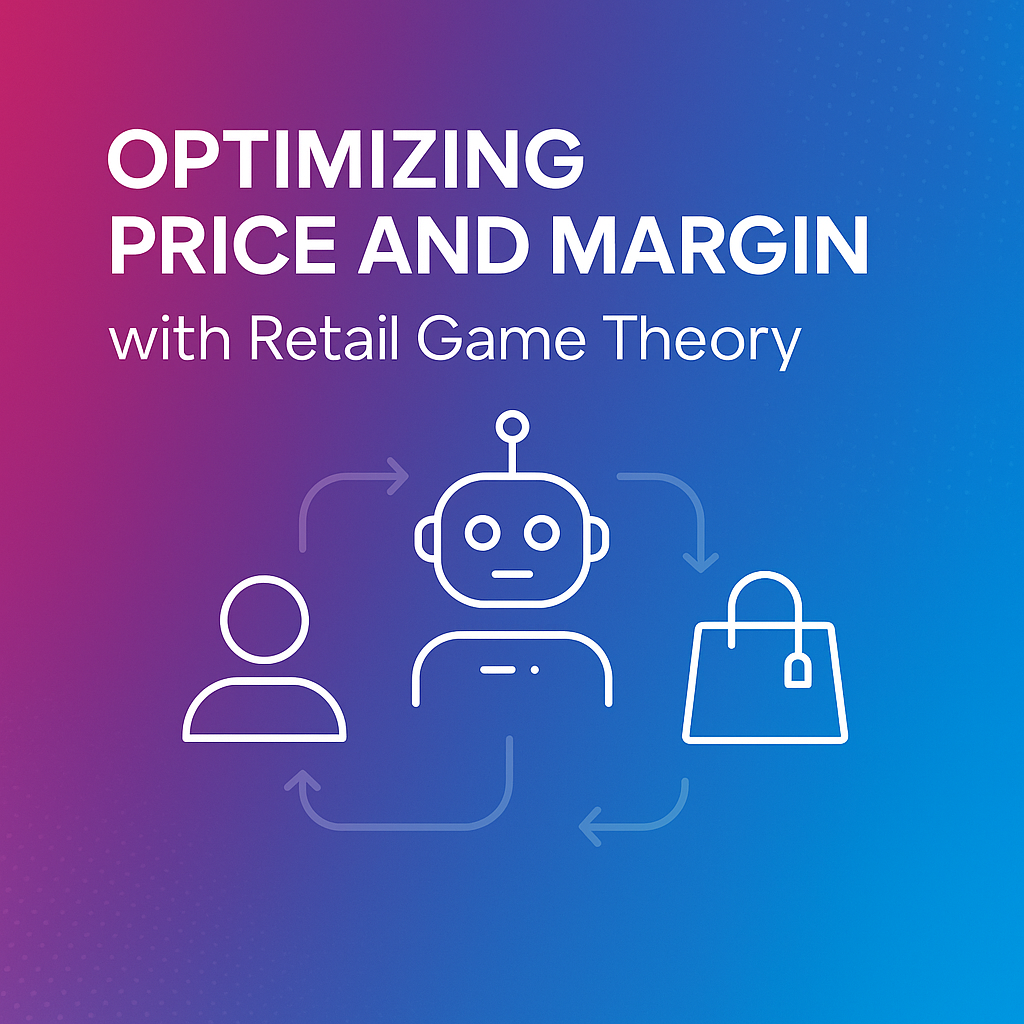Hidden Levers To Fashion Sell-Through

Matching demand and supply at the point of sale is a key goal at fashion companies, as this will mitigate the cost of stock clearances and reduce the opportunity cost of lost sales. It is a challenging goal, considering demand being highly uncertain and supply lead times are traditionally long. In this edit, we will look at deeply what constitutes Fashion Sell-Through and what are the levers including few hidden ones.

What are the components of Fashion Sell-Through?
Sell-through is the percentage of units of a product shipped that are actually sold over a period of time, for eg. a day or season.
At a higher order, the fashion sell-through of any product hinges on three broad areas.
1. What products (designs) are made and at what price?
2. How much of them are made and When are they made available to sell?
3. How are they distributed (Where) across warehouses and stores (points of sale)A brand/retailer’s sell-through will depend on its ability to make the right product in the right quantity and place the right amount of inventory in the right place at the right time and at the right price so as to maximize the ratio of quantity sold to quantity purchased.
Once the key pre-season decisions are made on what, how much and when there are lots of in-season variables impacting sell-through. The variables and their relationship are depicted below.
This is an area we will explore in this edit.

This is a network of 6 nodes and 11 connections/store or demand points. If you bring in the element of products, assuming you have 300 stores and 500 products, the complexity of decision-making to manage the distribution to maximize sell-through is reasonably challenging and humanly impractical to manage the dynamism and permutations and combinations that are possible.
How can you enhance your Fashion Sell-Through?
Managing the above dynamics is not a trivial task. If you are managing this task with heuristics, it will only sub-optimize your sell-through. We see, there is a lot of dollars (millions) in here which is left unnoticed in the context of running the business. If you are handling this with automation, it is important for you to get into how it operates and see if it is managing the complexity and dimensions properly.
We have shared in our earlier posts that CPG systems of allocation and replenishment will not work effectively for fashion with changing SKUs. The systems need to handle visual dimensions apart from typical attributes. The attributes in themselves need a closer look.
In our experience attribution in itself is a huge area of improvement required in the data, even for the best of brands in the industry. Choosing a partner to support you in this area needs a lot of careful thought beyond the technology being used. Machine learning is only as good as the quality of data injected. Data augmentation is fundamental to any enhanced effectiveness using the latest technologies.
With the complexity is so much even for a medium-sized brand with a lot of distribution, it is time to look for technological support which is capable of handling this task on hand.
We promised you that we will be sharing a few hidden levers.
There is a significant amount of recent research done in the area of stock allocation and its impact on sell-through performance. The network used to study the efficiencies of the allocation process looks like the one below.

The techniques used to assess performance include Data Envelopment Analysis combined with Multi-Stage Efficiency Models.
The efficiency of the allocation process is measured by looking at the impact on,
a) Desirable outcome: Reduce lost sales, improve sell-through and
b) Undesirable Outcome: Unsold Inventory
We chose to share two hidden levers that impact sell-through
Hidden Lever #1
One of the key actions that have a significant impact on the outcomes (a) and (b) is “INITIAL ALLOCATION”.At this point, you may answer this question.
What is your current initial allocation policy?
If you do not have one, it is time to think and put one in place. In one of the case studies, the brand had an initial allocation policy of 80% of the inventory and 20% kept in the distribution center for replenishment.
After running the models, it was observed the brand had an optimal efficiency at an initial allocation of 30-40% at the chain level.
Note: This optimal level is dependent on what the data tells about your distribution and demand patterns. This is not one size fits all.
Hidden Lever #2
Deep research on whether sell-through as a metric in itself a representative of the performance of products and what variables impact this metric, reveals that taking the sell-through metric without consideration of fixed attributes like store size will draw one to wrong conclusions.
In other words, sell-through has a high dependence on store attributes like store size. While deriving insights for allocation and planning, it is important that sell-through numbers are considered after neutralizing attributes like store size before taking action. Monitoring these dimensions dynamically and using them in operational decisions will be critical to ongoing effectiveness. These attribute dependencies could vary for your business conditions.
What this means is challenging the metrics in themselves (asking questions on current practices) takes us to a new level of performance (potential).
This is what we keeping at Stylumia and sell-through is a key metric that we focus on improving for all our customers. Our approach is holistic addressing all the macros components of what to design? what to buy? how much to buy? and where to distribute?
In order to address these questions, we have been constantly working on and impacting global brands for them to continuously enhance their performance. We have captured all our solutions at this point in time in an infographic below.

If you are interested in transforming your sell-through for your products, please reach out to us to make your brand future-proof and before it is too late.



